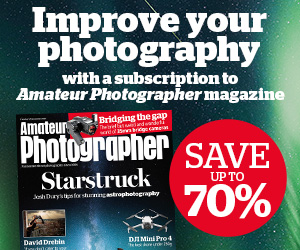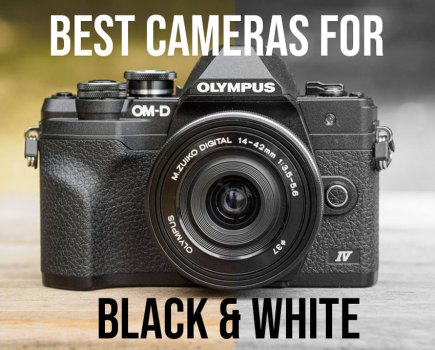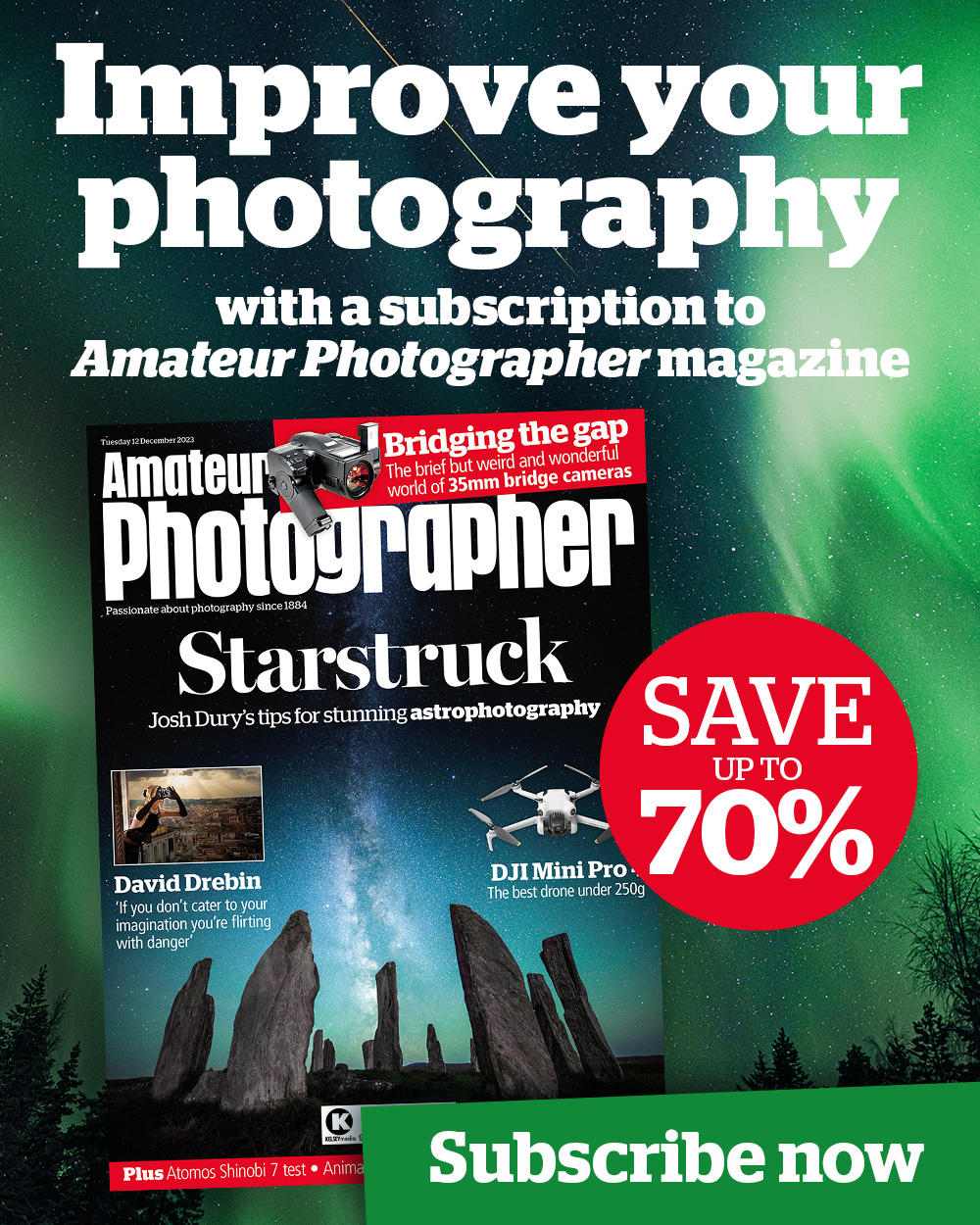Photo editing is a hugely important part of most digital photographers’ workflows – and that means it’s important to pick the best photo editing software for you. While you might have been led to believe that photo editing starts and ends with Adobe’s Photoshop and Lightroom, in truth there are loads of great tools worth considering for photo editing, and depending on your needs, some might be better suited to you than others.
At AP, we’ve extensively used many different photo editing programs, and all of our writers and photographers have their preferred editing workflows. This piece is a run-through of the best photo-editing software we’ve used and tested, with options for different operating systems and budgets.
We’ve split this guide up into sections, covering the best subscription services, best subscription-free software, best free photo-editing software and the best photo editing apps for mobile – read on to get started.
Best subscription photo-editing software
Opinions are divided on the subscription model for software, but with more and more companies pivoting in this direction, it’s something you can’t ignore. Many of the top-tier, professional standard programs are subscription or nothing, and there are at least some pretty good deals for photographers that can soften the blow of monthly payments a little. Here are our picks of the best subscription services for photo editing.
Adobe Photoshop

A look at the default Photoshop Photography workspace. Image credit: Will Cheung.
At a glance:
- Photo editing and graphics program
- Windows and Mac
- $9.99/£9.98 monthly with Lightroom (20GB storage), or $19.99/£19.97 monthly (1TB storage)
- adobe.com
Adobe Photoshop has been practically synonymous with photo editing for decades now, to the point where many people casually use ‘photoshopped’ as a generic term for an edited or retouched image. Adobe, somewhat hilariously, has a sniffy page on its website where it explains that you should be saying ‘The image was enhanced using Adobe® Photoshop® software’ instead of ‘The image was photoshopped’, which will assuredly catch on any day now.
But joking aside, Photoshop is a superb piece of photo editing software. Of course it is. Whether you need to clone out distractions, rescue blown-out highlights, convert an image to monochrome, process RAW files (via the Camera Raw plugin) or perform any of the other myriad tasks that might befall a photo editor, Photoshop will be well equipped. We reviewed the most recent version of Adobe Photoshop, and its ability to clean up and declutter images has been made faster than ever thanks to new AI-powered object selection tools.
These days it is impossible to talk about Adobe software without talking about AI, as the firm is going all-in on it. Newer versions of Photoshop have come loaded with powerful generative AI tools such as Generative Fill and Generative Expand, which allow you to radically transform images with generative content. If you’re someone who just wants to edit your photos and isn’t interested in all that – well, tough. Adobe is, in fact, very interested in all that.
The full version of Photoshop is subscription-only, as it has been for a long time. The popular Photography bundle, where you get it together with Lightroom for $9.99/£9.98 per month, is at least decent value – though be warned that cancellation is a more complex affair than you might think. Adobe is infamous for its sneaky ‘cancellation fees’ that hit users who have the temerity to not want to give them money anymore.
Bear in mind that if you do want Photoshop without a subscription, you can get it in the slimmed-down Photoshop Elements package, which is a one-time purchase. See our beginner’s guide to Adobe Photoshop Elements for more.
Pros:
- Powerful image editor equipped for basically any task
- Smart AI-powered selection tools
- Neural filters can restore old photos
Cons:
- AI emphasis won’t appeal to everyone
- Subscription only
- Cancellation fees
Read our full Adobe Photoshop review
Adobe Lightroom
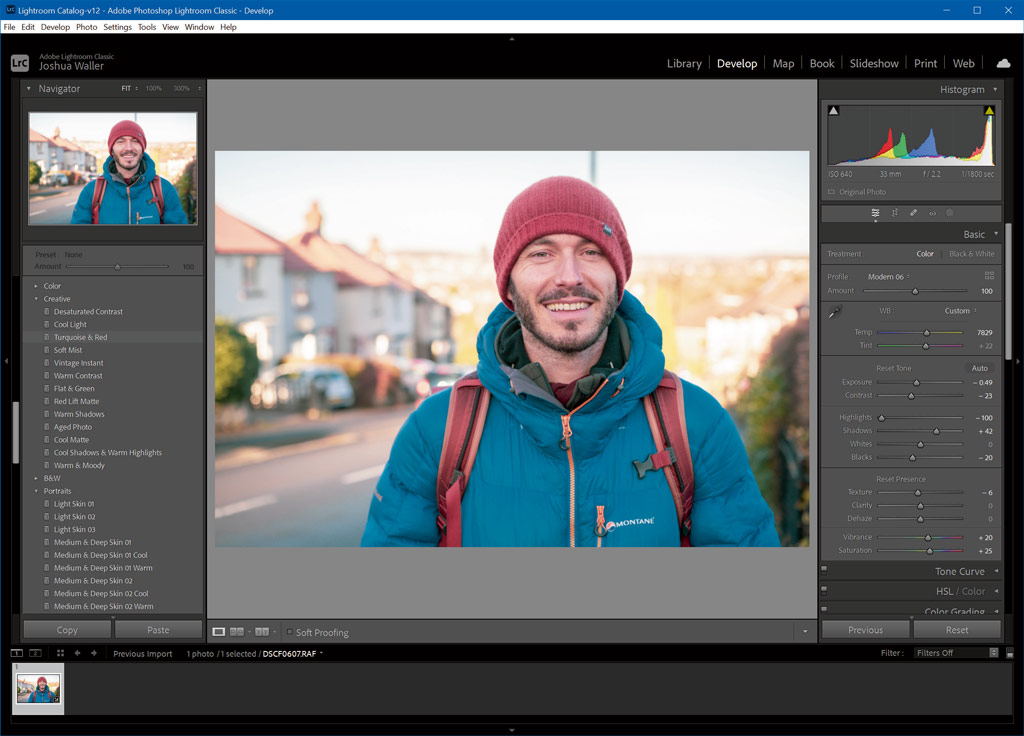
A portrait being edited in Adobe Lightroom. Photo credit: Joshua Waller
At a glance:
- Workflow, image management and editing program
- Windows and Mac
- $9.99/£9.98 monthly with Photoshop (20GB storage), or $19.99/£19.97 monthly (1TB storage)
- adobe.com
If you’re subscribed to Photoshop, chances are good that you’ve got Lightroom too, as the most cost-efficient subscription gives you access to both. While Adobe’s Photoshop and Lightroom programs share many features, the key appeal of Lightroom lies in its extensive cataloguing and image-management features. These allow you to use keywording and rating to organise your images and single-out the keepers. If you’re regularly sifting through large numbers of files, it is an enormous timesaver.
Lightroom is also no slouch when it comes to photo editing. While Photoshop is the more powerful program with a more comprehensive suite of options, Lightroom is still excellent, and many photographers use Lightroom exclusively. Its image-repair and enhancement tools are precise and intuitive, and the highly fine-tunable masking function can be immensely useful. You can also easily copy your changes to multiple images for speedy batch-editing.
Pros:
- Unmatched image-organisation features
- Powerful, efficient editing tools
- Excellent noise reduction from Denoise AI
Cons:
- Subscription only
- No Layers functionality
Read our guide to Lightroom vs Photoshop: which is right for you? And for more advice, check out our guide to the pros and cons of RAW vs JPEG.
Zoner Photo Studio X
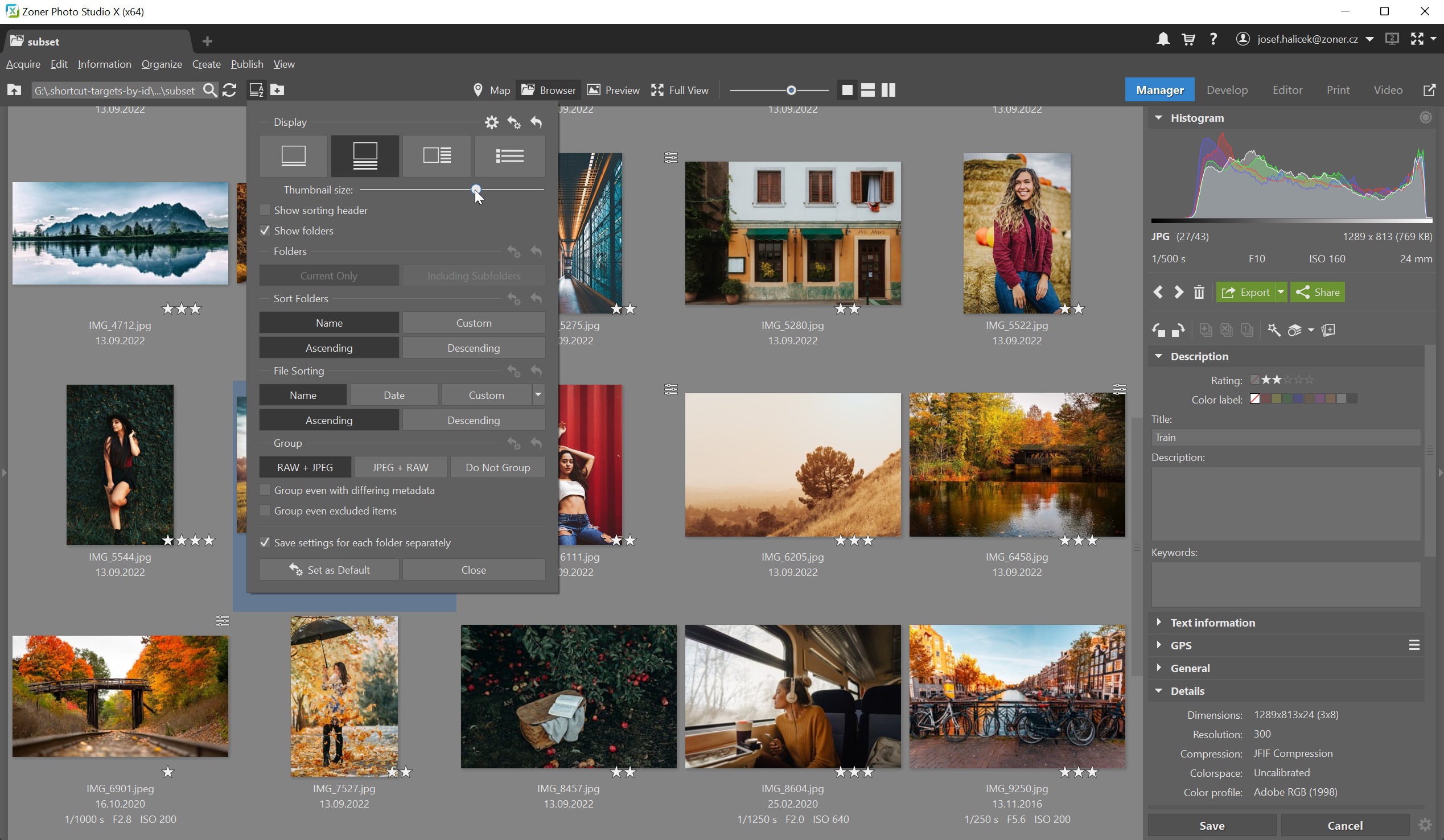
It’s easy to catalogue and organise images in ZPS X. Photo credit: Zoner Photo Studio
At a glance:
- Raw converter, image editor and organiser
- Windows
- $59 per year / $5.99 per month
- zoner.com
This Windows-only software is designed to be the complete package when it comes to photo editing – so it’s also a raw processor, an image organiser and even a photobook designer. It offers plenty of Photoshop-like tools, including Layer adjustments, and the interface is well designed. The program includes plenty of camera and lens correction profiles too, with the option to upload more if needed. This latest version also runs much better than previous iterations of the software, with plenty of bug fixes and performance enhancements having been introduced.
ZPS X doesn’t have Adobe’s ultra-advanced features like Neural Filters, and its corrections aren’t as good as those you’d find in the likes of Photoshop or DxO PhotoLab. However, as a start-to-finish photo editing program, it does a very good job indeed, and is definitely a credible option for those looking for a solid Photoshop alternative.
Pros:
- All-in-one software
- Useful modes for creating photobooks and calendars
Cons:
- Lacks some high-end modern features
- Windows only
Read our interview with photographer Kevin Bruseby on getting more from Zoner Photo Studio X.
Best subscription-free software
We get it – not everyone wants to be on the hook to a digital landlord for the rest of their photo-taking life. Less than $10/£10 a month for Photoshop and Lightroom may feel like a really good deal, but if you’re planning on using the software for years on end, those monthly fees are going to add up, and you may be better off paying full-price up front for software that’s yours to own and keep.
For a more detailed round-up, check out our full guide to the best subscription-free photo editing software. Or read on to discover some of the best photo-editing software that’s available as a one-time purchase with no subscription required.
Affinity Photo 2
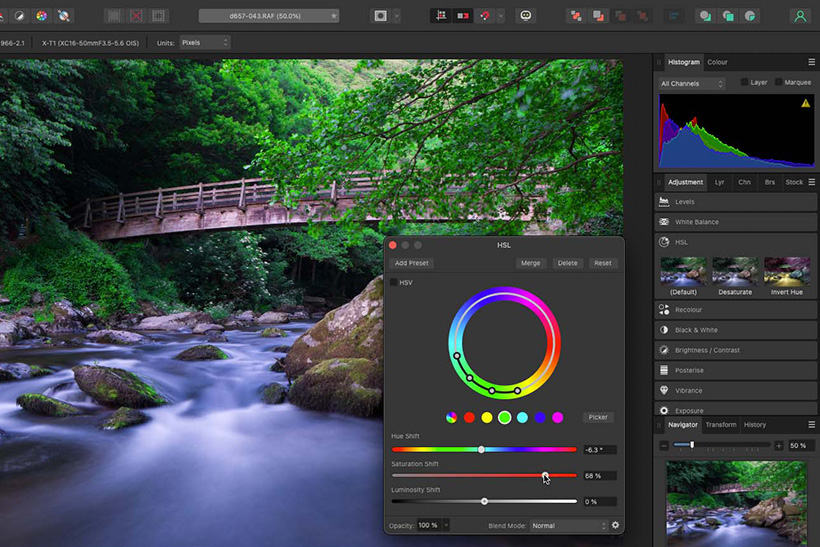
Working on an image in Affinity Photo 2. Photo credit: Rod Lawton.
At a glance:
- Photo editor and illustration program
- Windows, Mac and iPad
- $69.99 / £69.99
- affinity.serif.com
Affinity Photo 2 is probably the best Photoshop alternative for those who want a one-time purchase program for photo editing and other image work. Getting it to use forever is the same price as seven months of Photoshop and Lightroom on the Photography Bundle, and for that you get a sophisticated editor with non-destructive workflow, layer editing, masking controls, and plenty more of the kinds of features photographers expect.
The program isn’t the most immediately user-friendly for beginners, and you’ll likely experience a bit of a learning curve if you’re new to image editing. Once you get used to the way the program wants you to think, and swapping between its different ‘Personas’ depending on the task you’re performing, it does get much easier. One thing we particularly appreciated in our review was getting our heads around the adjustment presets, which let you save and re-use your favourite adjustments – a real time-saver for batch-editing.
Pros:
- Brilliant value for money
- Photoshop-like interface and tools
Cons:
- No Lightroom-like cataloguing tools
- Can be a steep learning curve
Read our full Affinity Photo 2 review.
DxO PhotoLab
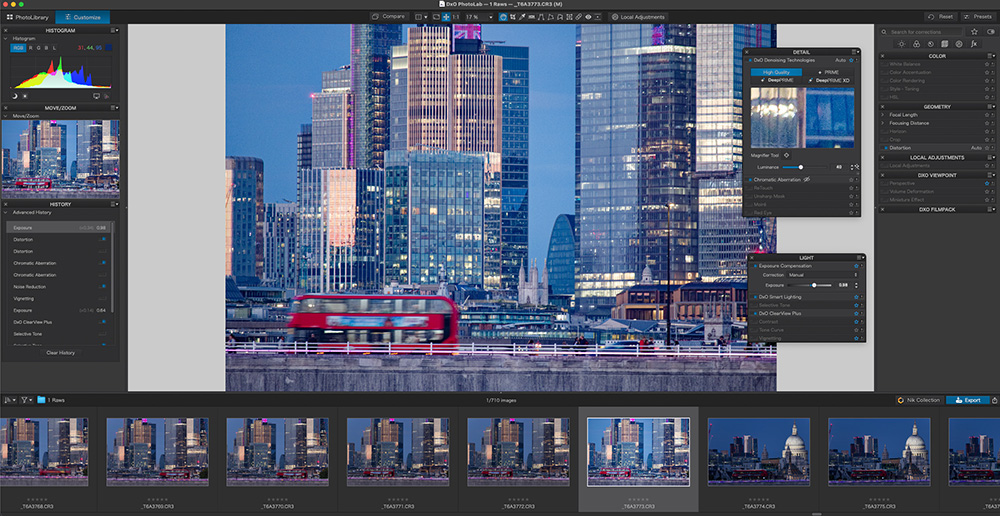
DxO PhotoLab is arguably the best raw processor on the market. Photo credit: Will Cheung.
At a glance:
- Raw workflow software
- Mac and Windows
- Elite edition $219 / £199; Essential edition $139/ £128
- dxo.com
This powerful software from DxO is especially potent for processing raw files. DxO’s de-noising technologies, DeepPRIME and DeepPRIME XD provide huge benefit in terms of rescuing detail in shots that are suffering from a significant amount of digital noise due to being shot at high ISOs. The process is fast and highly effective, able to turn shots you might have written off as irredeemably compromised into something you can make prints from.
If you’re using an older camera that gets noisy very quickly when the ISO is turned up, PhotoLab could be an excellent way to extend its lease on life. We reviewed PhotoLab 6 Elite and were hugely impressed – and in even better news, DxO has just brought out PhotoLab 7 Elite, a new version with improved colour calibration tools. We’ll be taking a closer look as soon as we can.
Pros:
- Extremely powerful noise-reduction tools
- Extensive correction profiles for cameras and lenses
- One-time purchase
Cons:
- Tricky interface
Read our full DxO PhotoLab Elite 6 review.
Skylum Luminar NEO
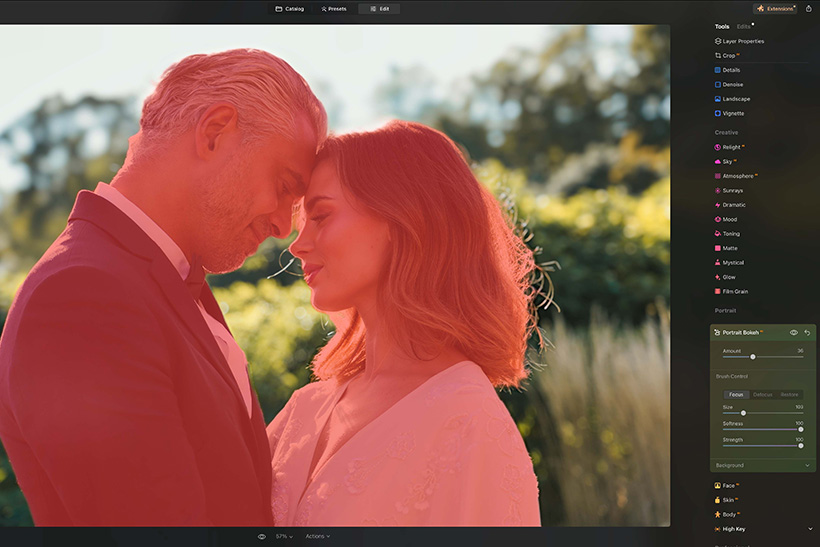
Selecting a subject in Luminar NEO to blur the background using Portrait Bokeh. Image credit: Angela Nicholson.
At a glance:
- Photo editing software with AI tools
- Mac and Windows (can also be used as a Photoshop/Lightroom plugin)
- From $79 / £79 or $275 / £275 one-off
- skylum.com
While Skylum Luminar does have a subscription model, it also offers the option of a one-time-only lifetime purchase of the software. This will ultimately save you money in the long-run, and there is a 30-day trial period in which you can get a refund if the software is not to your taste.
Skylum Luminar NEO is the latest iteration of a piece of software that’s been around for some time – originally, the developer was named Macphun, and made products exclusively for Apple operating systems. These days, Skylum Luminar NEO is a program aiming to fulfil the roles of both Photoshop and Lightroom, with a full suite of photo editing and photo organising tools. It’s stuffed with AI-powered tools like background removal and noise reduction, and also offers tons of presets for those who don’t mind letting the program make a few editing decisions for them.
Pros:
- Fast AI-powered sky replacement
- Lots of smart one-click adjustments
- Both subscription and one-time-purchase options
Cons:
- AI tools can be unpredictable
- Limited image-management functionality
Read our full Skylum Luminar NEO review.
Best free photo-editing software
If both the monthly subscriptions and one-time costs look out of reach for you, don’t worry – there’s lots of excellent free software out there for editing photos. We have an entire guide dedicated to the best free photo editing software right now – but here are two of the applications we feel are the best.
GIMP

GIMP isn’t the most immediately intuitive program, but it’s powerful and completely free. Photo credit: Jon Stapley
At a glance:
- Photo editing and graphics software
- Windows, Mac and Linux
- Free and open-source
- gimp.org
The GNU Image Manipulation Program, or GIMP as it apparently must be known, is a free and open-source image editor that you can download, install and run in barely the time it would take to read this paragraph – no credit card required. GIMP has always been free, and is maintained by a devoted team of enthusiasts. It offers a powerful photo editing suite to rival Photoshop or Affinity Photo, and there are tons of community-developed plugins that allow you to make it your own. It’s infamously tricky to get to grips with – though recent updates have made it a lot more user-friendly than it once was.
Pros:
- Completely free and powerful
- Highly customisable
- Regular updates
Cons:
- Tricky to use at first
- Not many tutorials
RawTherapee
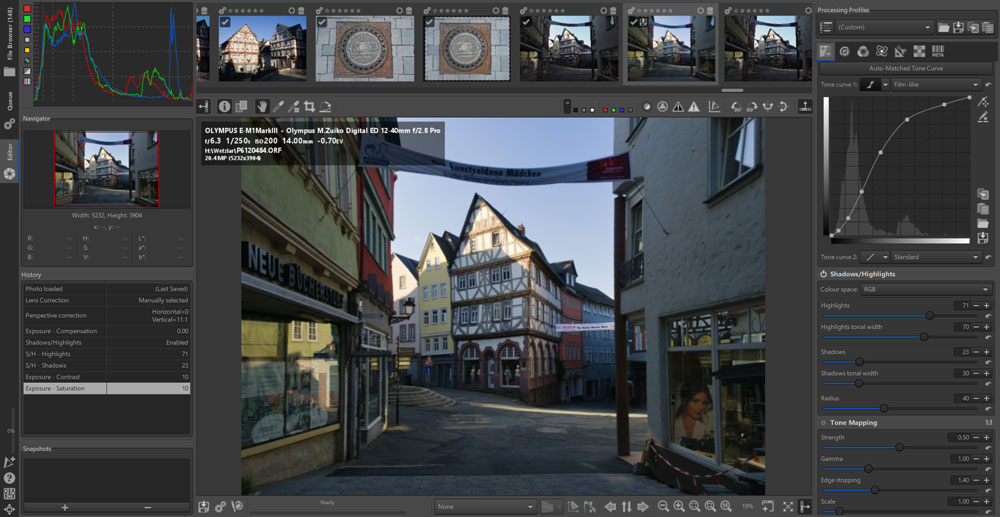
Raw Therapee is packed full of features, but this also makes it very complicated. Photo credit: Andy Westlake
At a glance:
- Raw conversion software
- Windows, Mac and Linux
- Free
- rawtherapee.com
When you first boot up RawTherapee, you might be a little overwhelmed at the complexity of what you’re looking at. We’ve found that this free raw conversion software is not blessed with the most intuitive of interfaces, with tons of tool panels and a huge array of features. Geeks will be in heaven; normies might feel a little overwhelmed. However, if you do want to wade into the ins and outs of raw processing and don’t have cash to spend, the amount of power you get for free here is absolutely incredible. Bear in mind that updates for the software have slowed in recent years, with the last one coming in November 2022 – so if you have a newer camera, the software won’t have specific profiles for it.
Pros:
- Completely free
- Tons of options for processing raws
Cons:
- Overwhelming interface
- Slow pace of updates
Best mobile editing software
Finally, we’re taking a quick look at the best apps for editing photos on the go. Most photographers likely snap plenty of pics on their phone as well as their camera, and there are plenty of apps out there to help you kick your smartphone photography game up a notch. We have a whole dedicated guide to the best photo apps for phones, including editing apps – but read on for our top recommendation.
Snapseed
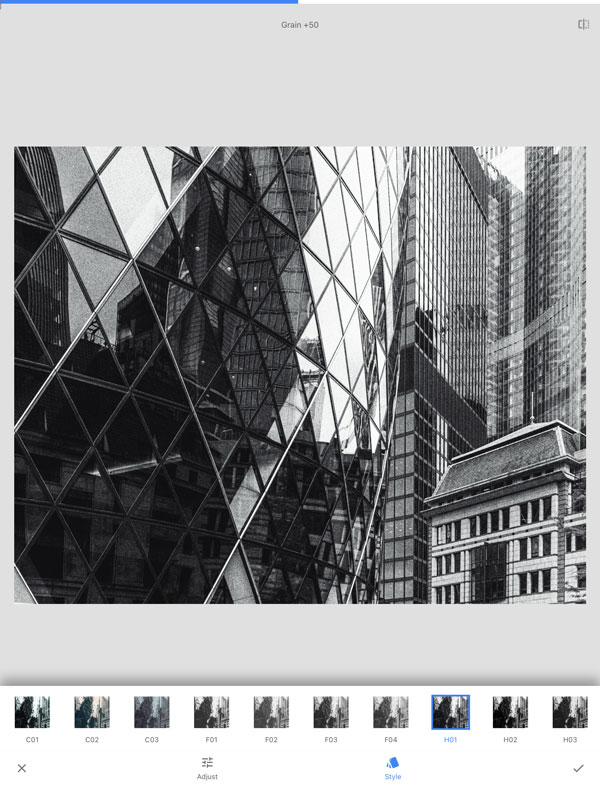
Snapseed’s interface is brilliantly designed for use on touchscreen devices. Photo credit: Andy Westlake
At a glance:
- Image editing app
- iOS and Android
- Free
- Google Play / App Store
We regard Snapseed as one of the top choices for photo editors on mobile – while there are plenty of competitors out there, truthfully you’re unlikely to go wrong with Snapseed. It’s great. A completely free, Google-made app, available for both iPhones and Android devices, Snapseed puts a powerful and intuitive editor in the palm of your hand.
As well as standard tools like cropping and rotating images, Snapseed also enables Curves adjustments, with a range of presets available to make things easier. It’s perfect both for those who want a streamlined, automated process, and for those who like to dive in deep and get granular with their adjustments. And – need we remind you – it’s free!
Pros:
- Free to use, with no strings
- Advanced adjustment options
- Useful presets
Cons:
- Slightly complex interface (but you’ll get used to it)
Read our guide to how to edit your photos in Snapseed.
Related reading:
- Get the vintage film look with digital photos
- How to edit photos – guide to Adobe Photoshop Elements
- Best software for black & white editing
Follow AP on Facebook, Twitter, Instagram, YouTube and TikTok.



